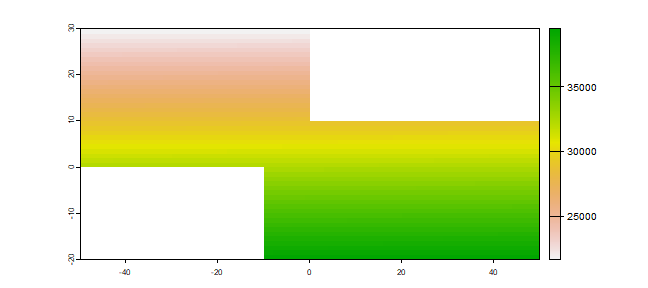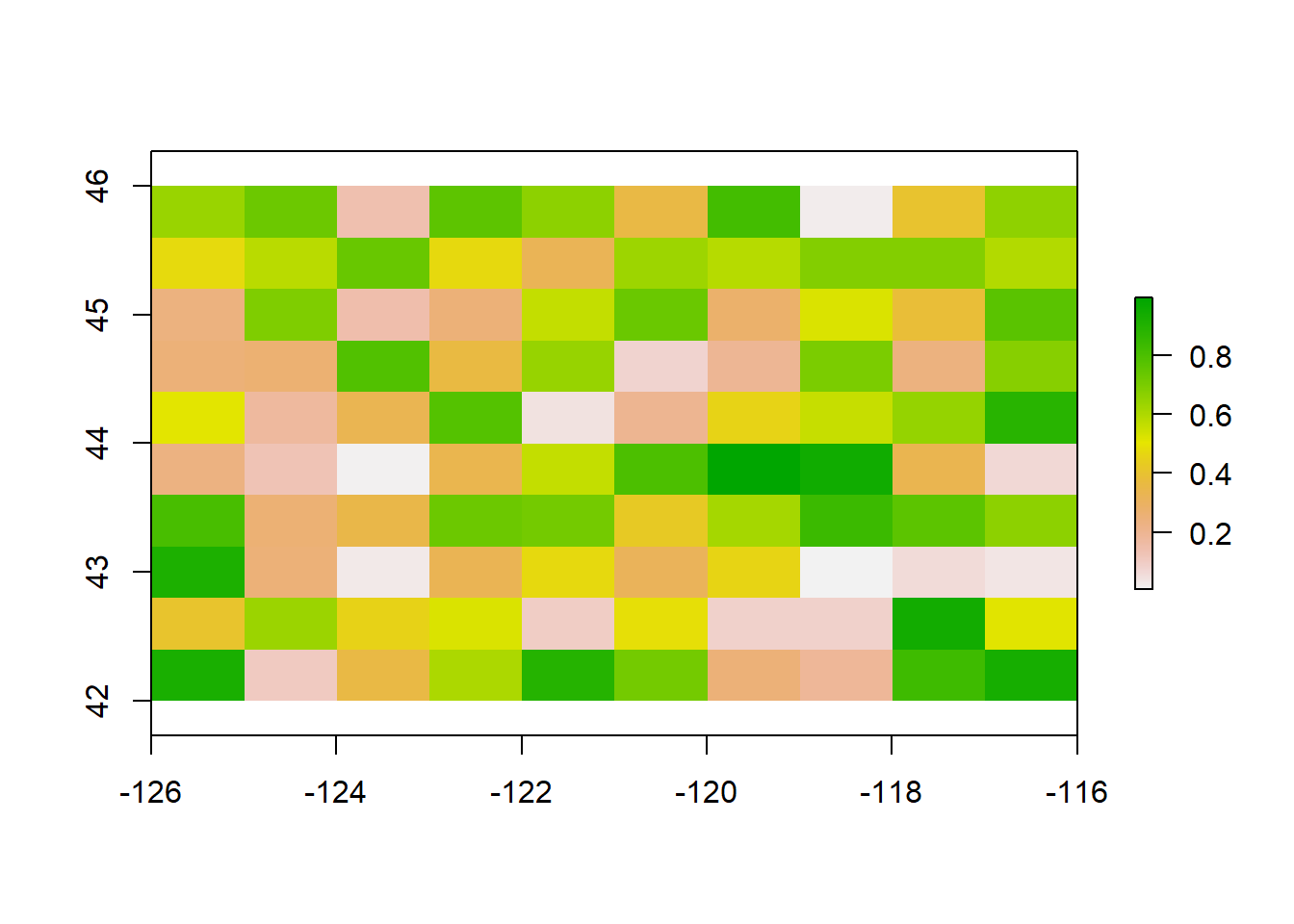

We now get Kansas county border data from the tigris package (Figure 5.2) as sf. We can see that it still has the same dimensions as the original raster, 150 x 150.
#Croping a raster in r full
If we want to keep the full dimensions of the raster but convert all values outside the vector to NA we mask the data instead of cropping it.
#Croping a raster in r download
Let’s download the tmax data for J(Figure 5.1 ). Cropping removes the portion of the raster that is outside the x/y extent of the vector. The idea: To preserve the covered area as equal for all of the pieces. Use the extent() function to define an extent. The raster way is quicker for less complex SpatialPolygonsDataFrames and returns a SpatialPolygonsDataFrame as in the example. Does this answer your question Clipping raster using shapefile in R, but keeping the geometry of the shapefile. What is the quickest way of cropping (clipping) a complex SpatialPolygonsDataFrame with the data preserved in R using another, possibly complex, SpatialPolygon I know of two ways (shown under).

croprast crop (raster, extent (vector)) Crop maskrast mask (croprast, vector) Mask. Use the extract() function to extract pixels from a raster object that fall within a particular extent boundary. I want to clip a Raster Layer exactly to the outline of a shpfile in R.
#Croping a raster in r how to
The solution!įirst we need to load the raster package and the shapefile: library(raster) Here we use PRISM maximum temperature (tmax) data as a raster dataset and Kansas county boundaries as a vector dataset. How to crop (chop) a raster with equal sizes in R - Stack Overflow How to crop (chop) a raster with equal sizes in R 0 I want to crop a raster and then save each peace into a list (or another way) with the pieces of the raster. Use the crop() function to crop a raster object. This is a simple task, but if it is not automated, it’s a grueling one… As such, the natural step, for me, was using R to automate this work. I looked for solutions, maybe there are some, but I could not find any! I’m sure there are solutions out there… but let me show you mine! Well I had this problem, as you might have guessed. So, if you have 5 global rasters and a shapefile with 10 polygons, the output of this would be 50 rasters (a smaller raster for each polygon, cut from each of the 5 larger rasters). Here's a reproducible example: library (raster) r raster (vals rnorm (400), nrows20, ncols20, ext extent (c (0, 20, 0, 20))) p Polygon (matrix (5, 5, 15, 12, 7, 16, 3, 10), ncol2, byrow T)) p SpatialPolygons (list (Polygons (list (p), 'p'))) plot (r) lines (p) r2 mask (r,p) plot (r2) If you also need to. You want to generate a raster file using as mask each of the polygons in the shapefile for each of the original rasters. library(raster)Įxtent_1 = c(756472.2 ,4074670 ,757322.Imagine you have this situation: you have several global raster files and a shapefile with a few areas (e.g. Next, let’s open up a vector layer that contains the crop extent that you want to use to crop your data. Let’s open the canopy height model that you created in the previous lesson. library (raster) r1 raster::brick ('path/rast1.tif') r2 raster::brick ('path/rast2.tif') extent (r2) <- extent (r1) s <- stack (r1, r2) That. First, you will use the function to open a raster layer. If you want to ignore the small difference, and the rasters have the same number of rows and columns, you can do. How can I solve this problem, when the purpose of stacking them together to compute standard deviation? I also tried using the raster::extend function but that is giving me a memory error. crop can only cut entire cells (rows, columns) so that won't help you here. 3.1 Intro to lidar data - Intro to Lidar Data - Explore Lidar Point Clouds - Intro Lidar Raster Data 3. But, when I use the crop function to crop one raster on the basis of the other raster's extent, their extents still don't match up i.e., xmax of rast1 doesn't change from 757322.8 to 757322.7.


So, I have two different rasters, and I am trying to match their extent, even though the difference in their existing extents is quite small, but still raster::stack won't stack which is understandable.


 0 kommentar(er)
0 kommentar(er)
